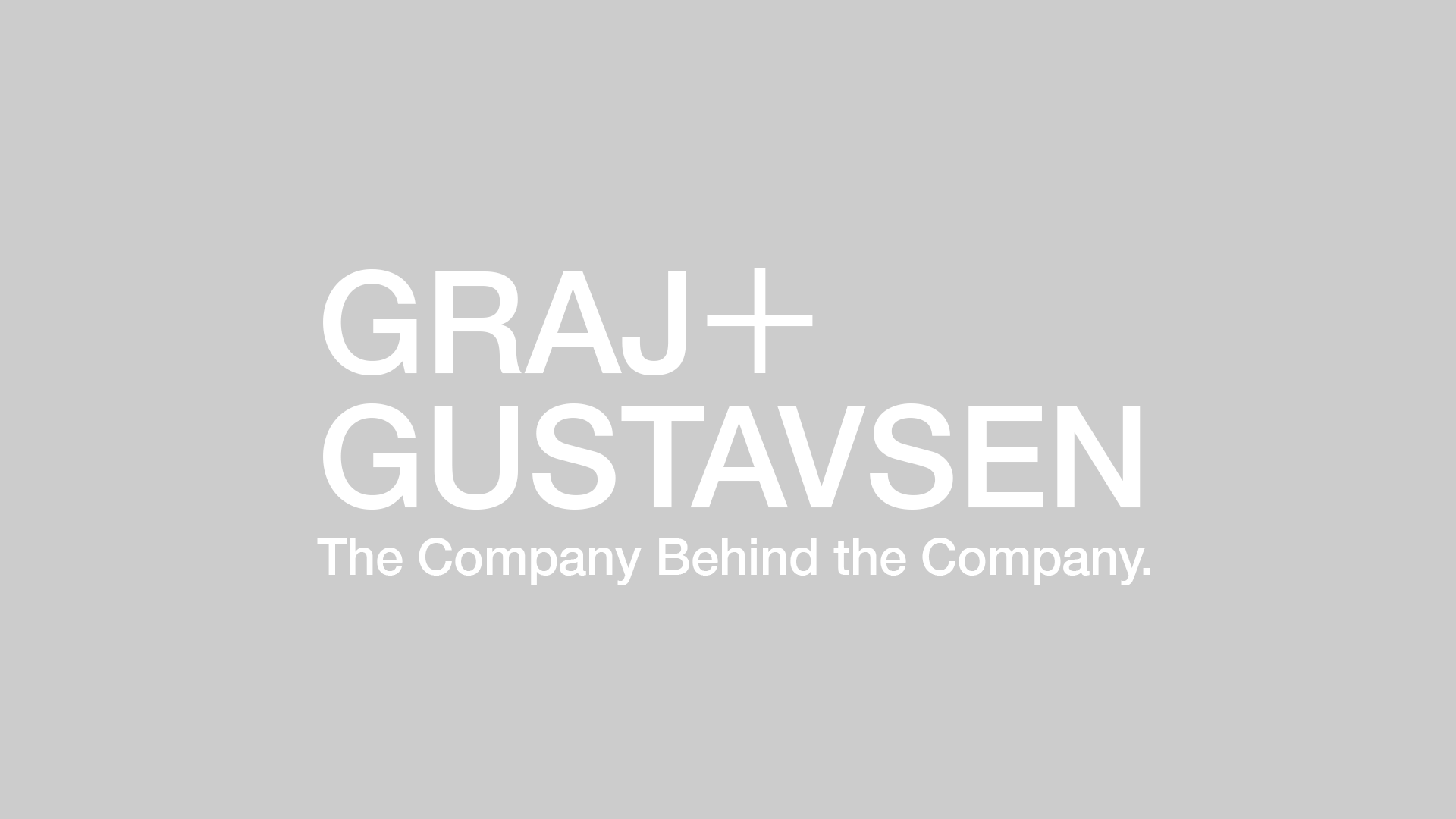We no longer think in a linear fashion, if indeed we ever did think that way. You can’t spearhead innovation by marching down a checklist. The mind functions differently, and you’ll achieve much more by following the mind’s natural lead than by crossing swords with it.
Does this mean I let my mind travel by sheer unplanned intuition?
By no means.
Each morning I actually spend a half-hour disciplining where I need to make progress during my day. On a blank sheet of paper laid down width-wise, I list the 9 or 10 categories on which I want to make advances. I call these FRONTS, and they are very much like the fronts in a military campaign. Beneath these category headings, I list the day’s various tasks, projects and issues, usually in just one or two words. These identify the likely key flashpoints of the day, recognizing they may change as the action heats up
What’s the important message? I pinpoint the content of what I achieve, but not the sequence. I practice opportunistic guerrilla warfare.
Why is this aside on method important to me . . . and potentially to you? If you are in the business of excavating or activating a brand, overly controlling the orderliness of what you are trying to get done will sabotage your mission. Zigzagging between categories and having ideas on one part of the chart spark breakthroughs in another is the way creative energy travels. People can find this somewhat chaotic process frustrating. It’s actually the proof of the pudding that creativity is alive and well.
If you start to organize your thinking in this way, three magical things happen:
▪ First, you will find that the number of meaningful priorities actually shrinks rather than expands.
▪ Second, pesky little roadblocks – resolving a tiny design feature or reenergizing a team member who is stuck with a seemingly small logistic problem – will take on great significance. That’s OK, because those are the facts of a manager’s life. A manager’s foremost duty is to un-jam roadblocks and to keep the creative blood circulating in an organic process.
▪ Third, this little planning device frees your brain from time wasted trying to order a reality you can never possibly suppress into neat little boxes. This mindset lets awareness be the DRIVER, not the dangerous illusion that a project can be hammered into place like a perfectly straight row of tacks.
During the day, everything changes. That’s why it’s important to sit down the next day with another sheet of blank paper and to scratch out the landscape all over again.
This is a great way to live marketing . . . and, by the way, it’s not a bad way to live life.

